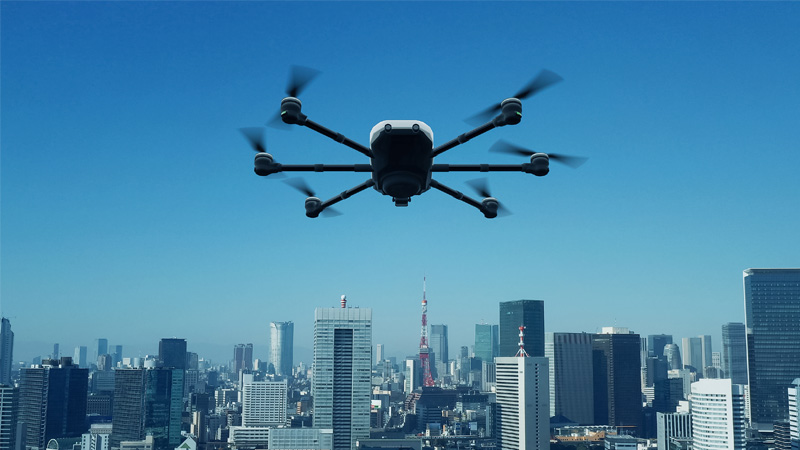We have been evangelizing the UAM market as something major cities should move on sooner than later, especially for cities with existing or planned smart city infrastructures. Accessing the market could raise all ships’ by identifying and training for careers that will expand a stifled economic base while attracting much-needed infrastructure investments and ultimately foot traffic to forgotten areas.
Smart City: For cities that have areas of economic drought spurred by the slow drain of manufacturing, automotive, and other traditional jobs. The initial idea of Smart Cities in the 70s was more aligned with the truly futuristic example in Disney’s Experimental Prototype Community of Tomorrow, or EPCOT project.

Since 2015, the premise of the 21st century Smart City posits digital orchestration of municipal intelligence and services, where institutions and stakeholders leverage the resulting data to address the community-based problem.
Future of UAM: Many implementations of Smart City policy, infrastructure, and use have required an alliance between communities, city managers, engineers, and scientists. Having taken this approach, these cities have laid the groundwork for the same level of engagement and collaboration to make UAM successful.

While giving citizens a voice in solving problems in the commons, smart cities also possess community-centric systems, data portals, and a rich civic tech ecosystem extensible to commercial UAM initiatives.
A keen understanding of the smart city advantage will help identify low-hanging fruit for developing the infrastructure, policy, and industry partnerships necessary to reap the benefits of UAM.
Conclusion
UAM is genuinely an emerging industry that is already transforming the transportation landscape in cities worldwide. Where cities like Los Angeles, New York, and Detroit are partnering with UAM companies to plan policies and infrastructure.

